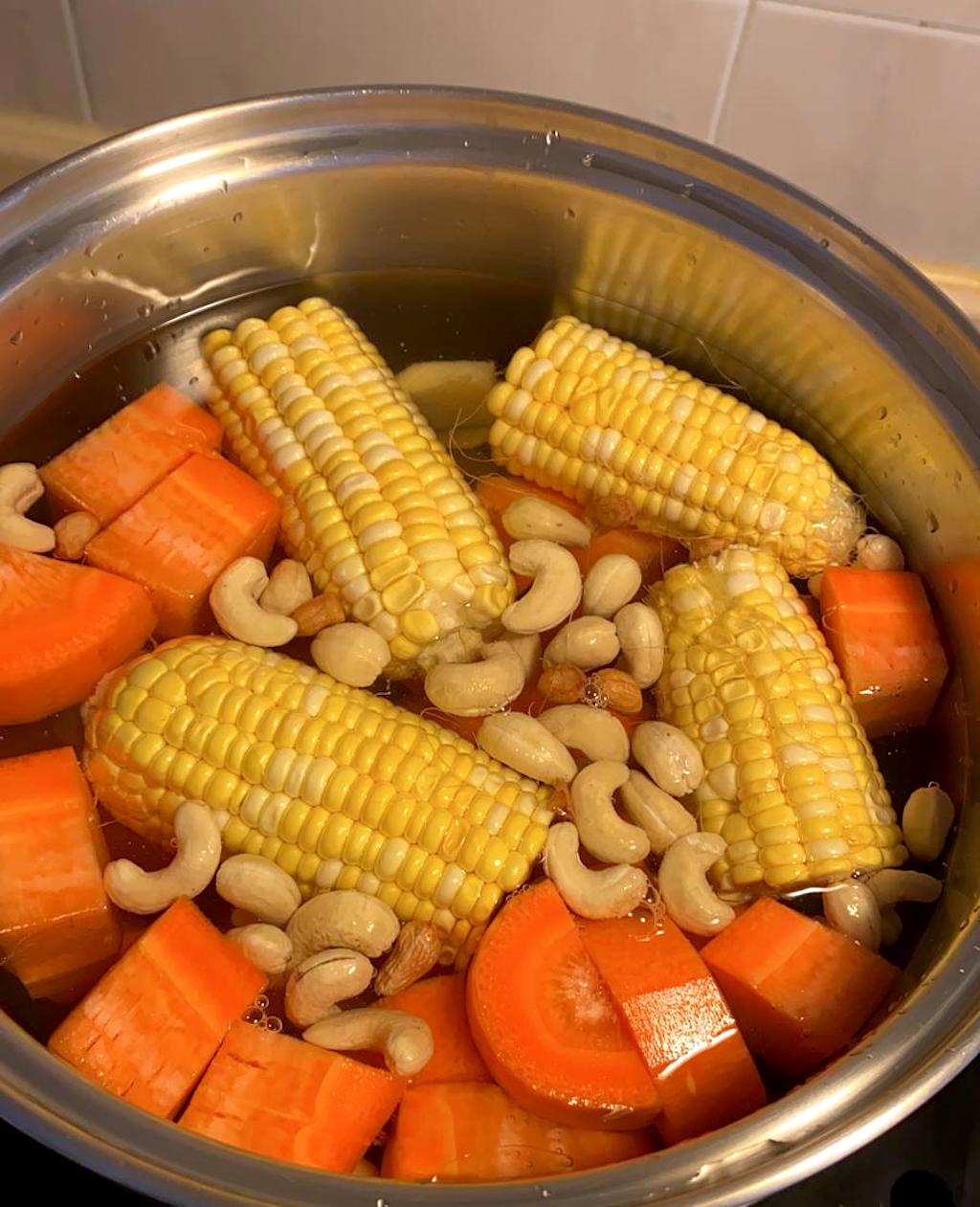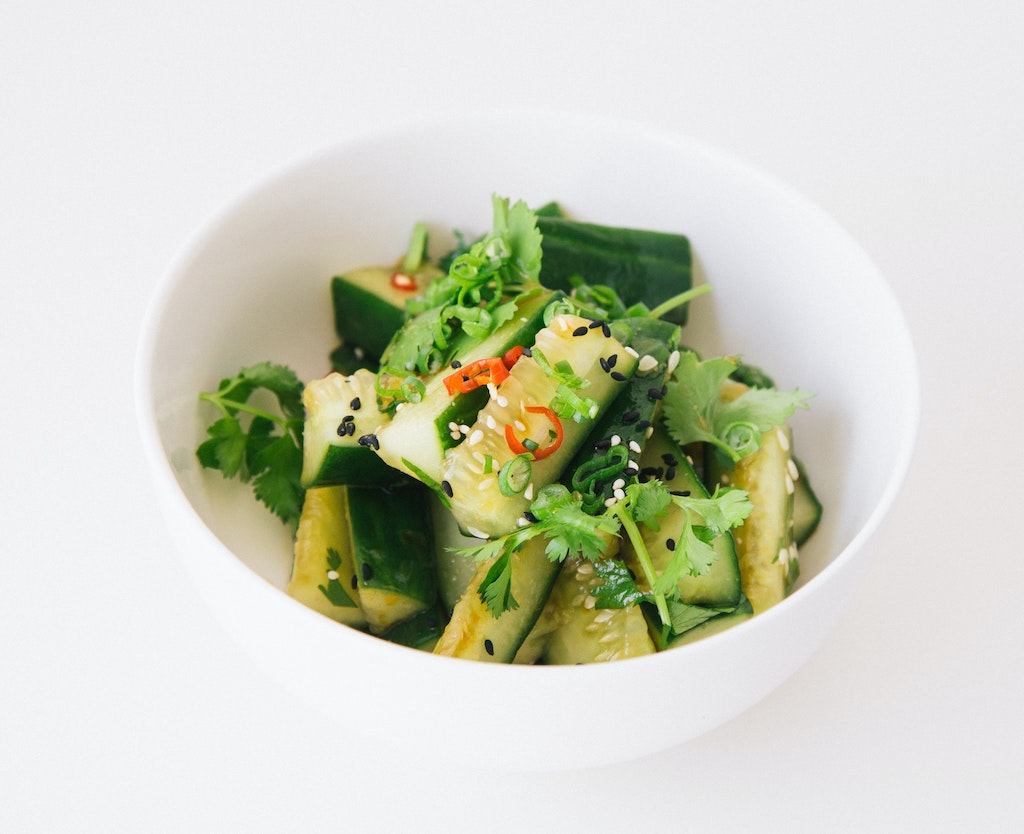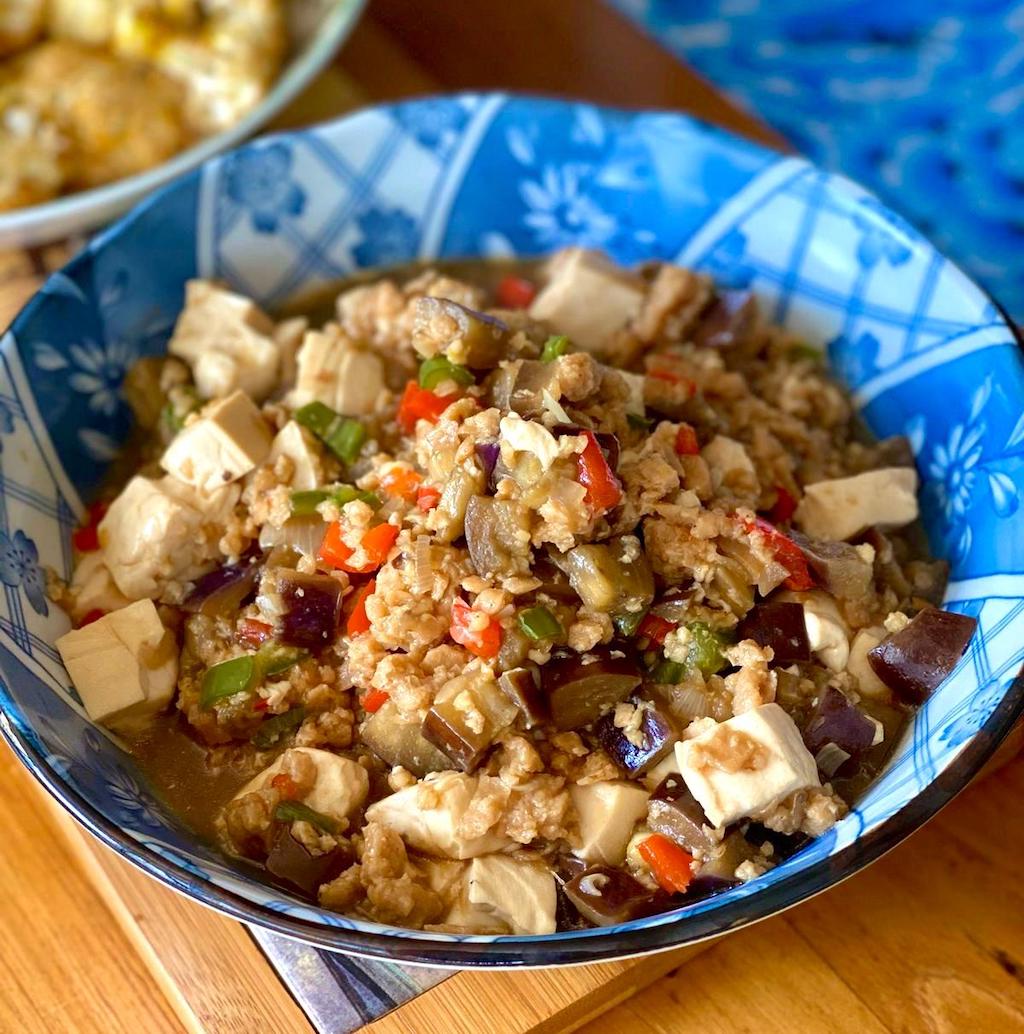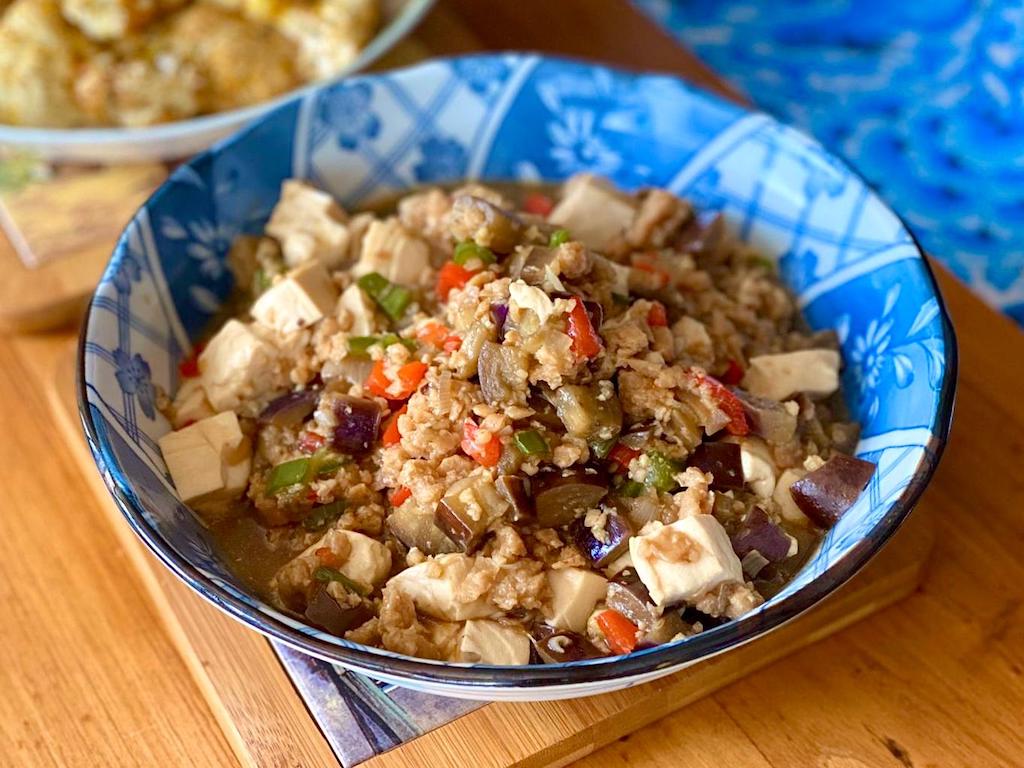5 Mins Read
Growing up in a Cantonese home, dishes were always shared at mealtimes. When I went vegan, my mum turned our family favourites plant-based so I would never have to miss out. And honestly, even the omnivores at home say they taste better now.
In Chinese food culture, meals are always meant to be shared. Every evening, my family would sit together and enjoy the various dishes in the centre of our round dining table. From Hong Kong-style curry to steamed gai lan (Chinese broccoli), we’d each take our turns to portion a little bit of what we wanted to soeng fan–literally meaning to “pair with” rice.
When I made the switch to a plant-based diet, family meals became stressful. I would prepare and eat my food on a separate plate, and missed out on our tradition to dine together. Conscious of this, my mum started turning some of our dinnertime staples vegan. I’ll swear by these recipes, which will convince even the hardiest Cantonese carnivores into fans.
1. Vegan long-boil simmering soup (純素老火湯)

Meals are often not only paired with rice, but with a bowl of warm soup. Chinese soup is clear and brothy, traditionally made by simmering pork or chicken with vegetables for hours. You can always taste the love in Chinese soup, and my mum’s vegan version is no different. Instead of meat, she uses two handfuls of cashews, apricot kernels and chestnuts, and adds around 3 cups of mixed vegetables such as carrots, corn on the cob and green hairy gourd, all chopped into thick chunks. After simmering for around two hours, you’ll end up with a clear soup that is savoury yet sweet. Add salt if needed, but chances are it will already pack a lot of flavour. Make sure to scoop out some of the veggies too! Us Cantonese love eating the base ingredients while sipping the delicious soup.
2. Smacked cucumber (拍黃瓜/拌青瓜)

Smacked cucumber salad has always been an “accidentally vegan” staple starter in Chinese cuisine, but my mum brings in her own twist. She was born and raised in Hong Kong, but her parents hailed from Chiu Chow (潮州) in the eastern part of Guangdong–a place famous for its chilli oil. For her recipe, she marinades the smacked cucumber chunks in crushed garlic, light soy sauce, rice vinegar and a dash of Chiu Chow-style chilli oil you can readily find in any Asian grocer. Sometimes, she’ll finely chop a small red chilli with some sesame oil, as well as some wood ear mushrooms into the mix too. Put it into a big glass box, put on the lid and give it a good shake before letting the cucumbers soak up the flavours for at least half an hour before serving. Make sure to garnish with a few sprigs of coriander too.
3. Chiu Chow “fish” cakes (潮州純素魚餅)

Chiu chow people love their fish cakes, which resemble fritters and are made using fish paste, scallion and chopped dried shrimp. My mum swaps the shrimp and fish with the almighty potato. Peel and grate your spuds, mash a small block of tofu, add a dash of white pepper, salt and sesame oil and form little patties with the mixture. You can mix some finely diced carrots to mimic the colour of dried shrimp too. Coat in a little bit of corn flour before pan-frying until golden brown. Dip in some soy sauce or sweet chilli sauce and enjoy.
4. Mapo tofu (麻婆豆腐)

Mapo tofu is one of my favourite dishes my mum has veganised. Traditionally, this Sichuanese classic is made with ground pork or beef. My mum foregoes the meat for the plant-based pork substitute Omnipork, along with some eggplant. She starts by pan-frying the vegan minced pork with grated garlic and ginger, chopped shallots, dou ban (fermented bean paste) and chilli oil. She then adds eggplant cubes with some ground peppercorns, chopped chilli or some of her own Chiu Chow chilli oil if she’s feeling like giving the dish a hometown twist. Then, toss in the chopped hard silken tofu with a dash of water to simmer. Garnish with chopped spring onions.
Read: A Guide To Every Kind Of Tofu By A Cantonese Doufu Lover
5. Shredded “pork” and pickled mustard greens in noodle soup (雪菜肉絲麵)

This noodle dish, 雪菜肉絲麵, is often served as breakfast in local cha chaan teng in Hong Kong, or a quick lunch in Chinese households. To replace pork, my mum uses Omni’s plant-based pork strips and stir-fries it with chopped pickled mustard greens in a pan with sesame oil. You won’t need any salt–there’s plenty of salt from the pickles–but you can season with a dash of white pepper and Chinese rice wine for cooking. In a separate pot, heat up some vegetable stock. Put your cooked Shanghai noodles or vermicelli into a bowl, top with the fried plant-based pork and mustard greens mixture, then pour in some of the soup base.
Lead image courtesy of Sally Ho.




